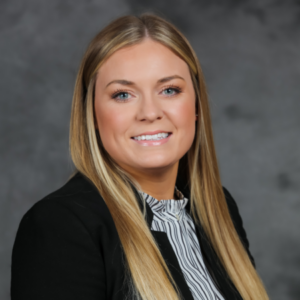NMPF’s Board of Directors approved June 7 a suite of farm bill policy priorities covering the commodities, conservation, trade, and nutrition titles, working to enhance federal support for producers and expand access to nutritious dairy products for consumers at home and abroad.
With the current farm bill set to expire Sept. 30, Congress is working to enact a new bipartisan five-year farm bill. NMPF’s recommendations will aid in enacting an on-time farm bill that provides dairy producers the certainty they need as they manage their risks and resources while seeking market opportunities at home and abroad.
“The farm bill is crucial both to dairy farmers seeking to effectively manage their risk and to the consumers who benefit from the nutritious products dairy farmers work every to provide,” said Randy Mooney, chairman of NMPF’s board and a dairy farmer outside Rogersville, MO. “We stand ready to work with lawmakers as they craft this complex, extremely important legislation that touches everyone.”
In the Commodities title:
NMPF seeks to build on its successes in the last farm bill to strengthen the dairy safety net and provide producers with access to a range of risk management tools. NMPF’s board voted to support continuing the Dairy Margin Coverage safety net while updating the program’s production history calculation. The board also voted to prioritize improving the Livestock Gross Margin-Dairy and Dairy-Revenue Protection programs should new funding become available.
The board also voted to seek farm bill language to direct USDA to conduct mandatory plant cost studies every two years to provide better data to inform future make allowance reviews. This would complement the near-term make allowance update NMPF is pursuing through its Federal Milk Marketing Order initiative via the USDA hearing process announced last week. Similarly, the board also voted to pursue restoring the previous “higher of” Class I mover in the most expeditious manner possible, either administratively via the FMMO process or legislatively through the farm bill, in which the mover was last changed in 2018.
In the Conservation title:
NMPF is advocating for policies that better position the dairy industry to meet its voluntary, producer-led goal of becoming greenhouse gas neutral or better by 2050. NMPF’s board voted to support maintaining robust funding for voluntary conservation programs, such as the Environmental Quality Incentives Program that supports dairy farmers in their ongoing land and water resource management efforts, with additional emphasis on feed and manure management both of which are major areas of opportunity in sustainability. The board also voted to seek relief from program payment limitations that prevent the family farmers that produce most of the nation’s milk supply from fully using these programs.
In the Trade title:
NMPF will support policies recognizing the growing importance of trade for U.S. dairy, with exports accounting for one-sixth milk of all U.S. milk production, a share expected to grow. NMPF’s board voted to support enhancing funding for trade promotion programs like the Market Access Program and the Foreign Market Development program, which promote American-made dairy and agriculture products that compete with heavily subsidized foreign products and return well over $20 in export revenue for every dollar invested.
The NMPF board also voted to seek language to protect common food names, as embodied in the bipartisan, bicameral SAVE Act that would establish an official list of common food and beverage names and direct USDA and the U.S. Trade Representative to prioritize this issue in international trade negotiations.
In the Nutrition title:
NMPF will support policies that reflect dairy’s role as an excellent source of 13 essential nutrients, some of which are under-consumed, according to the most recent Dietary Guidelines for Americans. The Supplemental Nutrition Assistance Program is vital to linking the food we produce as farmers to families across the country facing difficult circumstances. NMPF’s board voted to support the enhancement of federal nutrition programs to provide nutritious dairy products to beneficiaries. NMPF also supports the bipartisan Dairy Nutrition Incentives Program introduced in the Senate to encourage SNAP participants to choose healthful dairy products at the grocery store.






